DeMuro Award for Excellence in:
Preservation, Reuse, and Community Revitalization
The DeMuro Award honors extraordinary historic rehabilitation projects and compatible infill development across Oregon – residential and commercial, urban and rural, private and public. The award is named in honor of Art DeMuro whose redevelopment of historic properties such as the White Stag Block set the standard for quality, creativity, persistence, and business acumen.
The DeMuro Award is the only statewide award in Oregon recognizing the creativity, persistence, and craftsmanship required by outstanding restoration projects. We announce our annual award winners at the Restoration Celebration, our most important fundraising event of the year.

Belluschi Pavilion (1951), Lake Oswego
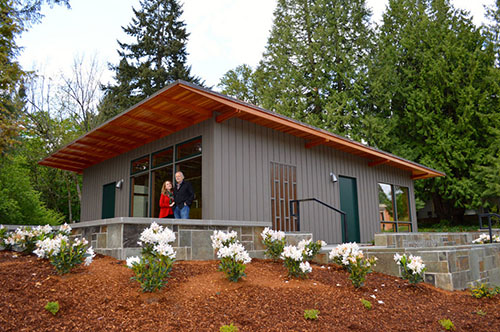
Originally completed in 1951 for Lucy Griffith, the humble 921 square-foot house was the only Belluschi building in Lake Oswego. After years of work, fundraising, and engaging scores of students and faculty to determine its reuse, the home was reassembled on the Marylhurst campus as the Belluschi Pavilion. Opened in May, 2015, it now serves as an educational and presentation space and is a perfect example of preservation, reuse, and community revitalization.
Iron Company Worker’s Cottage (c. 1880), Lake Oswego

This pioneer era home represents the humble buildings that housed the Oswego Iron Company workers in the 1880’s. The five-year effort was capped off with a grand opening earlier this year. Today the cottage is a highlight of the Oswego Iron Heritage Trail.
Leever Motor Co./Monarch Building (1947), Medford
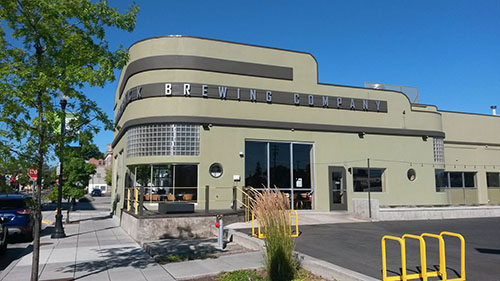
Initially slated for demolition as part of a multi-block downtown redevelopment project, the property owner and City of Medford determined that success of the larger project would be greatly enhanced by retaining the Leever building and its history. Built in 1947, this Streamline Moderne gem was home to a series of auto dealerships through the mid-1970s. Today the beautifully renovated building houses the Common Block Brewing Company.
Mason Ehrman Annex and Tower Seismic Strengthening (1931), Portland
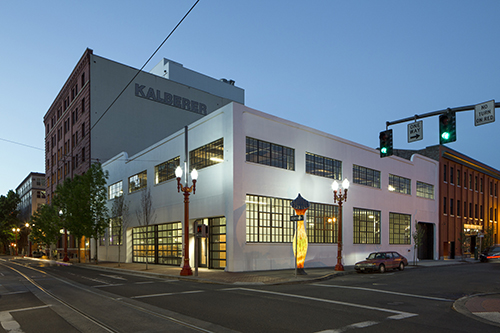
The Mason Ehrman Annex was constructed as a warehouse and shipping facility for the Zellerbach Paper Company whose offices were in the adjoining Tower. Both buildings contribute to the New Chinatown/Japantown Historic District. Renovation of the Tower in 2001 had included a partial seismic upgrade based on the assumption of a later tie-in to a new tower that would replace the annex.
Oregon Supreme Court Exterior Rehabilitation (1914), Salem
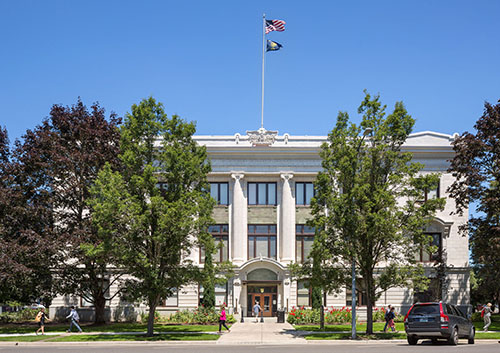
Adorned with classical details and clad in a distinctive cream-colored terra cotta, The Oregon Supreme Court is a three story Classical Revival building designed by William Knighton. It is the oldest government building on the Capitol mall, and the site of multiple landmark decisions that shaped the state. With the building now restored it can continue to stand as one of the most important buildings that has shaped Oregon’s history.
Oregon City Public Library (1913), Oregon City
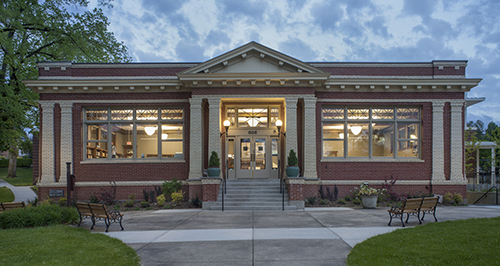
In the early 1900s, 31 cities across Oregon turned to steel magnate and philanthropist Andrew Carnegie to fund construction of their public library. Oregon City’s Carnegie Library was completed in 1913 for a cost of $12,500. The city needed to expand the library and constructed a stunning, yet compatible, addition that tripled the space while retaining the original historic structure.
Overland Warehouse (1889), Portland
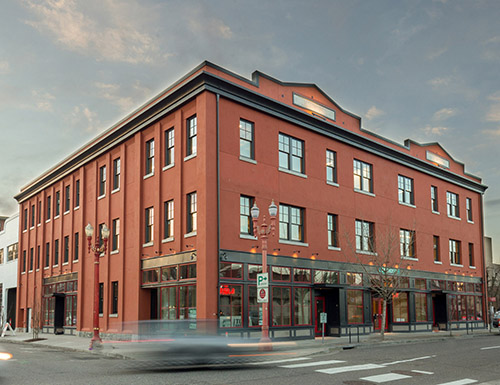
Originally built in 1889, the Overland Warehouse, restoration transformed one of the most derelict buildings in Portland’s Historic Chinatown District into creative office space, replacing a foreboding street presence with one of welcome and promise. Extraordinary steps were taken to execute seismic retrofitting without covering the original floors, and the outlines of the tiny upstairs tenement rooms were retained.
Sovereign Hotel (1923), Portland
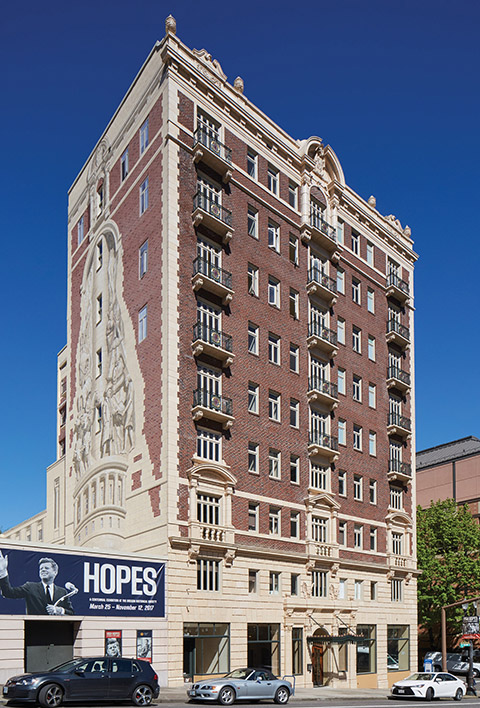
Designed by Carl Linde, the 9-story building was considered a skyscraper in its day. Listed on the National Register of Historic Places, and noted for its Oregon Pioneer mural, the building was long associated with the Oregon Historical Society. The Sovereign’s restoration has ensured that its elegant spaces, and needed downtown apartment units, will continue to enrich the community for decades.
Swift Agency, Portland
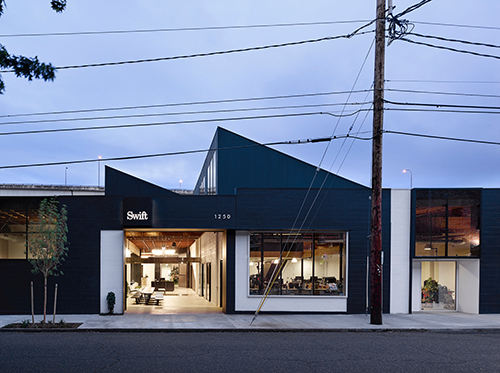
An excellent example of sustainability, the Swift Agency is a wonderful example of compatible infill because it reused and reconfigured a nondescript warehouse structure. Though zoning allowed for greater height, the owners opted to retain the low-rise walkability of the development to complement the adjacent historic neighborhood. The former Rose City Awning Factory now houses a fast-growing digital media agency.
Trinity Episcopal Cathedral Access Project (1906), Portland
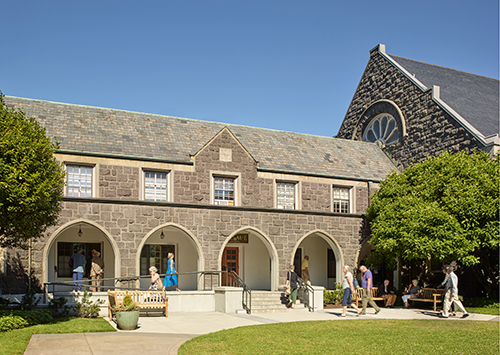
Trinity Episcopal Cathedral traces its history to the 1850’s when its founders came over the Oregon Trail. The current Cathedral is a contributing structure in Portland’s Alphabet Historic District. A spirit of community is woven through the congregation, and inspired them to open up a prominent point of access to the cathedral for people of all abilities. The solution required modifications to a series of steps leading from the sidewalk to a courtyard and seamlessly integrate an accessible ramp into the basalt stone walls.

